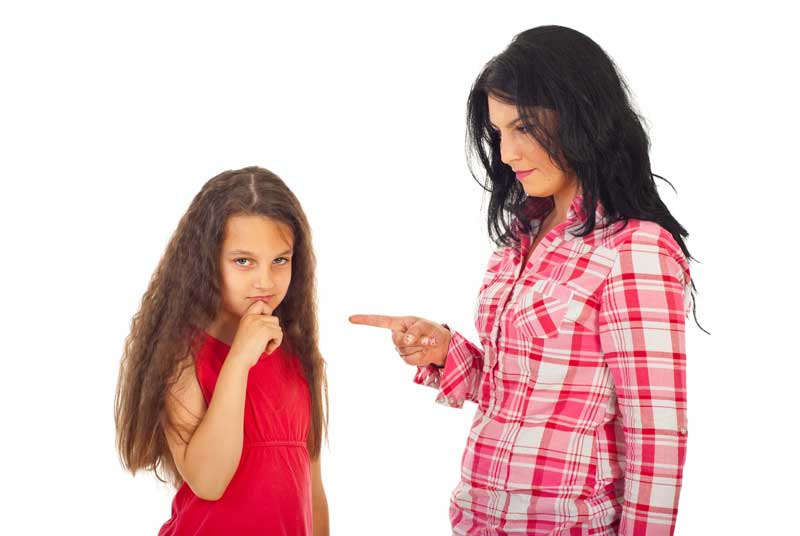Childhood Anxiety Disorders
As a Child Psychiatrist I see a lot of children struggling with different types of anxiety: Separation Anxiety, Generalized Anxiety, Social Anxiety. The symptoms of each above often “travel together” and are persistent into the adult years which can lead to other more serious challenges such as substance abuse and other mood disorders.
Here’s the good news:
We have great treatment options and can provide early intervention so that your child can thrive!
Here is the data to back this up:
The Child/Adolescent Anxiety MultiModel Study (CAMS) (Dr. JT Walkup in 2008) revealed greater than 2/3 of the children with anxiety had two or more types of anxiety listed above. *This is the largest existing anxiety study to date.
The data revealed combination therapy (Cognitive Behavioral Therapy [CBT] and sertraline combined) which showed an 81% response! Therapy alone revealed a 60% response and medication alone a 55% response rate.
Source:Walkup JT,et al, NEJM 359:2753-2766,2008
This is amazing, right?
The bottom line is that you should always start with cognitive behavioral therapy as the first line of treatment for childhood anxiety symptoms. For complex and severe situations medication and cognitive behavior therapy together capture a great response.
What is CBT?
Cognitive behavior therapy is one of the few forms of psychotherapy that has been scientifically tested and found to be effective in hundreds of clinical trials for many different disorders. In contrast to other forms of psychotherapy, cognitive therapy is usually more focused on the present, more time-limited, and more problem solving oriented. In addition, patients learn specific skills that they can use for the rest of their lives. These skills involve identifying distorted thinking, modifying beliefs, relating to others in different ways, and changing behaviors.
How can we as a society have less suffering and more “mental wellness”?
I believe parents, teachers, and pediatricians are on the “front line” to be able to recognize anxiety. If you are a parent reading this ask yourself: “Is there anyone in my family who was a “worrier”? Any relatives with difficulty in social situations?” “Did I have troubles separating from my Mom as a kid?” Many families have a history of anxiety. Usually you see a child psychologist, or a child psychiatrist if there is moderate to severe impairment at school, home, or socially.
If you are a teacher you can give information to the parents at parent-teacher conferences with examples of the ways a student might be shy, socially challenged or perfectionistic. I know that a lot of teachers share their observations, which can prompt a parent to be aware of any need for further help.
I have been very impressed with the pediatricians I work with that are providing early screening for anxiety. I am so happy to see routine questionnaires being given to detect any outlier anxiety or other behavioral issues.
When treating these disorders, I include the importance of nutrition, daily exercise, and daily meditation. It is common sense to limit sugar and teach kids to listen to their bodies to know when they are full or hungry. Kids thrive when they move! A sport, PE, or good old fashioned hide and seek can burn calories and reduce stress.
I am a strong believer in teaching our kids meditation.
I recommend starting with ten minutes a day with the goal of twenty minutes as a lifetime daily habit. I like simple solutions. What if every school in the World included a ten-minute “quiet time” for meditation right after lunch? This is possible and I am committed to implementing these types of important programs into our schools, not only because of the proven research but also the results I’ve seen are life changing.
In summary, childhood anxiety is common and can be treated effectively. Cognitive behavioral therapy is first line treatment. Combined treatment yields 81% response. Prevention of substance abuse and mood disorders can happen if early intervention happens!
Dr. Denise




